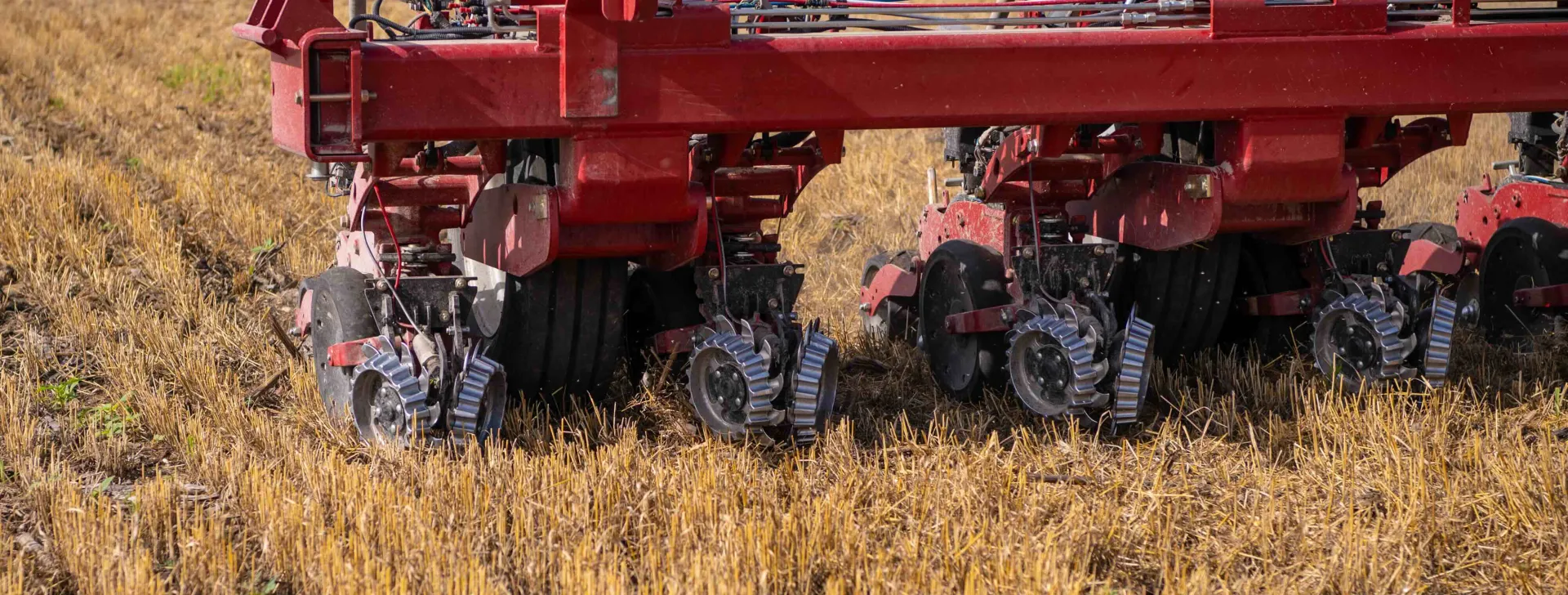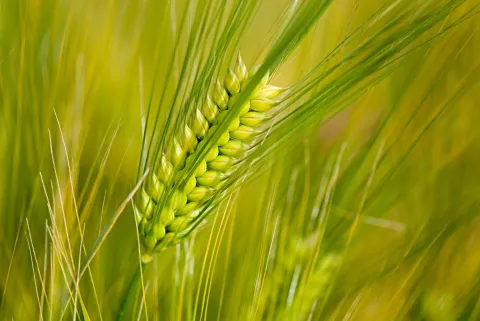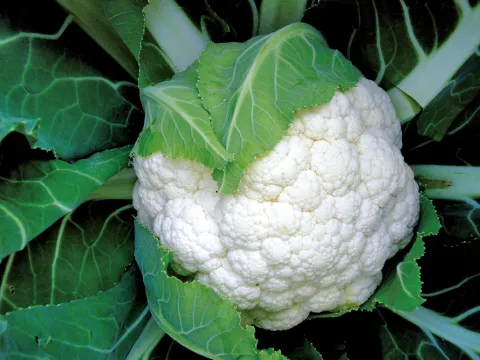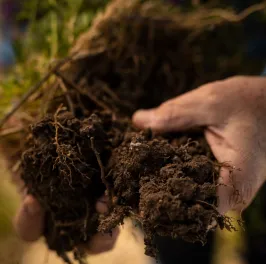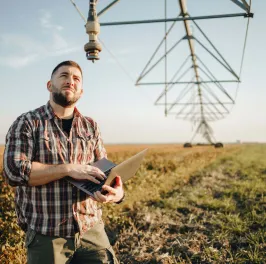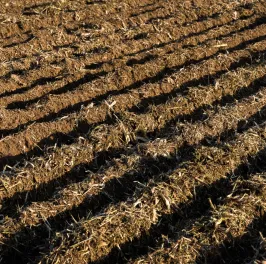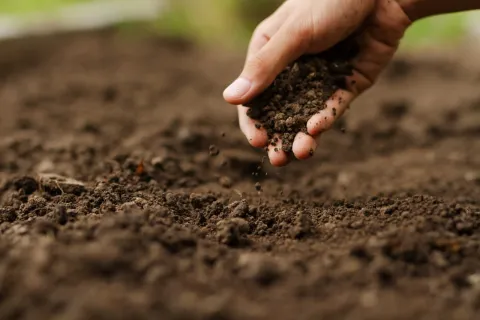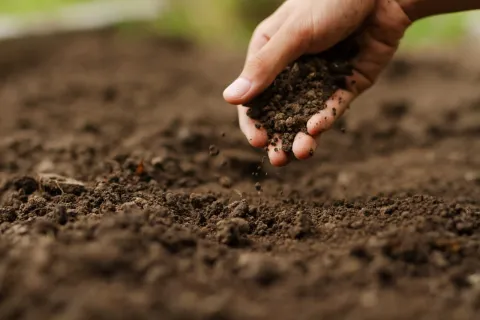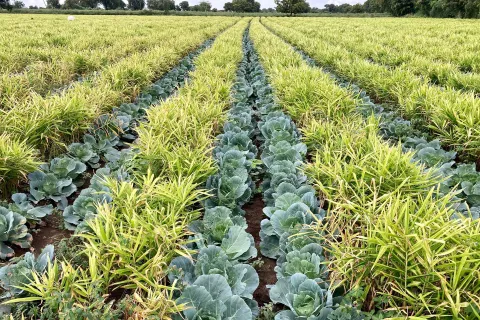What is no-till farming?
No-till or reduced-till farming is an agricultural method where crops are planted without disturbing the soil through traditional tilling or ploughing. Instead of turning over the earth, seeds are planted directly into the residue of previous crops, helping the soil retain structure, water, and nutrients.
This technique is a key practice within regenerative agriculture, which focuses on restoring soil health, increasing biodiversity, and making farms more resilient to extreme weather, all while remaining profitable.
Traditionally, farmers have plowed the land between plantings to remove weeds, loosen the soil, and prepare the ground for the next crop. Over time, however, these practices are damaging to the soil, as it depletes organic matter, releases carbon into the atmosphere, and leaves the soil vulnerable to erosion, drought and nutrient loss. No-till farming helps prevent this. Instead of turning the soil, residues from previous crops are left on the surface, and specialized machinery plants seed into undisturbed ground. This reduces disruption to soil biology and helps keep moisture and nutrients locked in.
Which is better, tillage or no-till?
When soil is plowed or tilled, its structure is damaged, leaving it vulnerable to wind and water erosion and microbial decomposition. Tilling reduces the soil’s ability to retain water and exposes soil to evaporation which can threaten yield potential during increasingly frequent droughts.
Regenerative agriculture, by contrast, involves low-till or no-till farming, which preserves soil structure and biodiversity while enabling the soil to absorb moisture, and sequester carbon.
It’s not a one-size-fits-all approach: implementation varies based on regional agronomics, soil type, and crop-specific needs, for example, tillage can be an important tool for weed resistance management.
Farmers like the Morelands in the U.S. began by trialing no-till methods on a few fields.
After seeing strong results, they scaled up, reducing diesel use by half, herbicides by a third, and steadily improving yields.
Matt Moreland, a fourth-generation farmer, says: “When you’re in a tilling situation, all you do all summer is buy diesel and burn diesel. No-till works because the economics of it works and the environmental part works.”

How to implement no-till farming
No-till farming involves a specific set of practices and tools designed to protect soil health while maintaining productivity. While approaches may vary slightly by crop and region, most systems follow a few key steps:
- Leave crop residues on the surface after harvest to protect soil structure and feed microorganisms.
- Use no-till seed drills or planters that place seeds directly into undisturbed ground.
- Plant cover crops during the off-season to improve organic matter, prevent erosion, and support biodiversity.
- Rotate crops to balance soil nutrients and reduce pest pressure.
- Adjust inputs as needed; no-till farming often requires fewer field passes, reducing both chemical use and fuel costs over time as soil biology improves.
One key to success is precise seed placement. Seeds should land at the bottom of the furrow, before dust or debris falls in, to ensure good germination and strong root development.
What are the best crops for no-till farming?
The best crops for no-till farming vary by region and climate conditions. While no single crop is universally best, successful no-till system often includes:
The ideal combination depends on your local conditions, precipitation patterns, and market opportunities.
How does no-till farming support climate resilience?
Regenerative farmers are not only improving their fields, they are making them more resilient to climate challenges. As farmer Matt Moreland explains: “We have wetter wets, drier dries, hotter hots, colder colds. Through regenerative ag, we are making our soil more resilient and healthy. Our crops have a better ability to survive.”
No-till protects against wind erosion, boosts water retention, reduces emissions from diesel fuel, supports biodiversity and enables long-term food production on healthier land.
A new vision for Japan's rice fields
In the world of Japanese agriculture, Shuichi Tokumoto has emerged as one of the most influential farmers in the country. Through his popularity, he champions the latest farming innovations and has become a global advocate for the importance of no-till practices.
